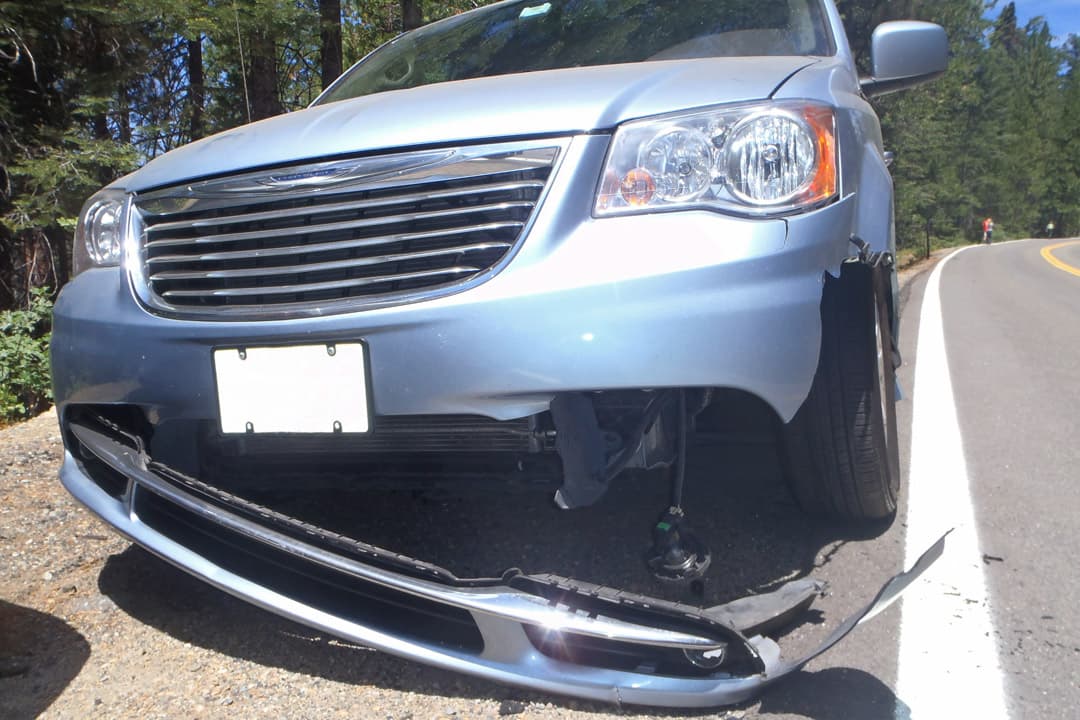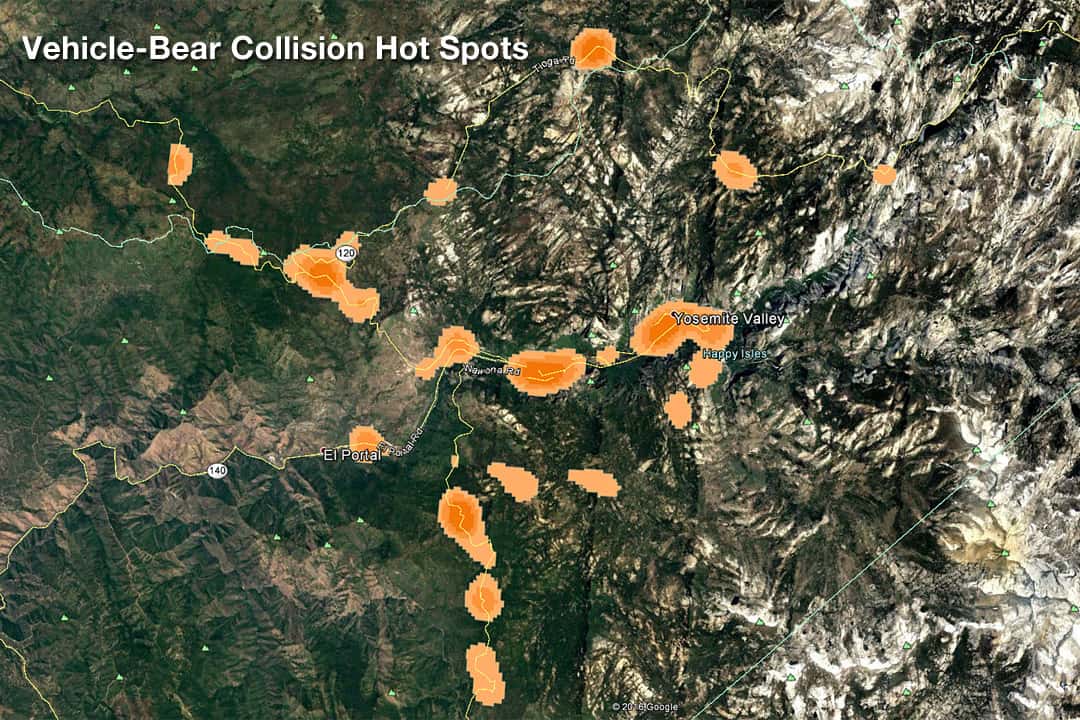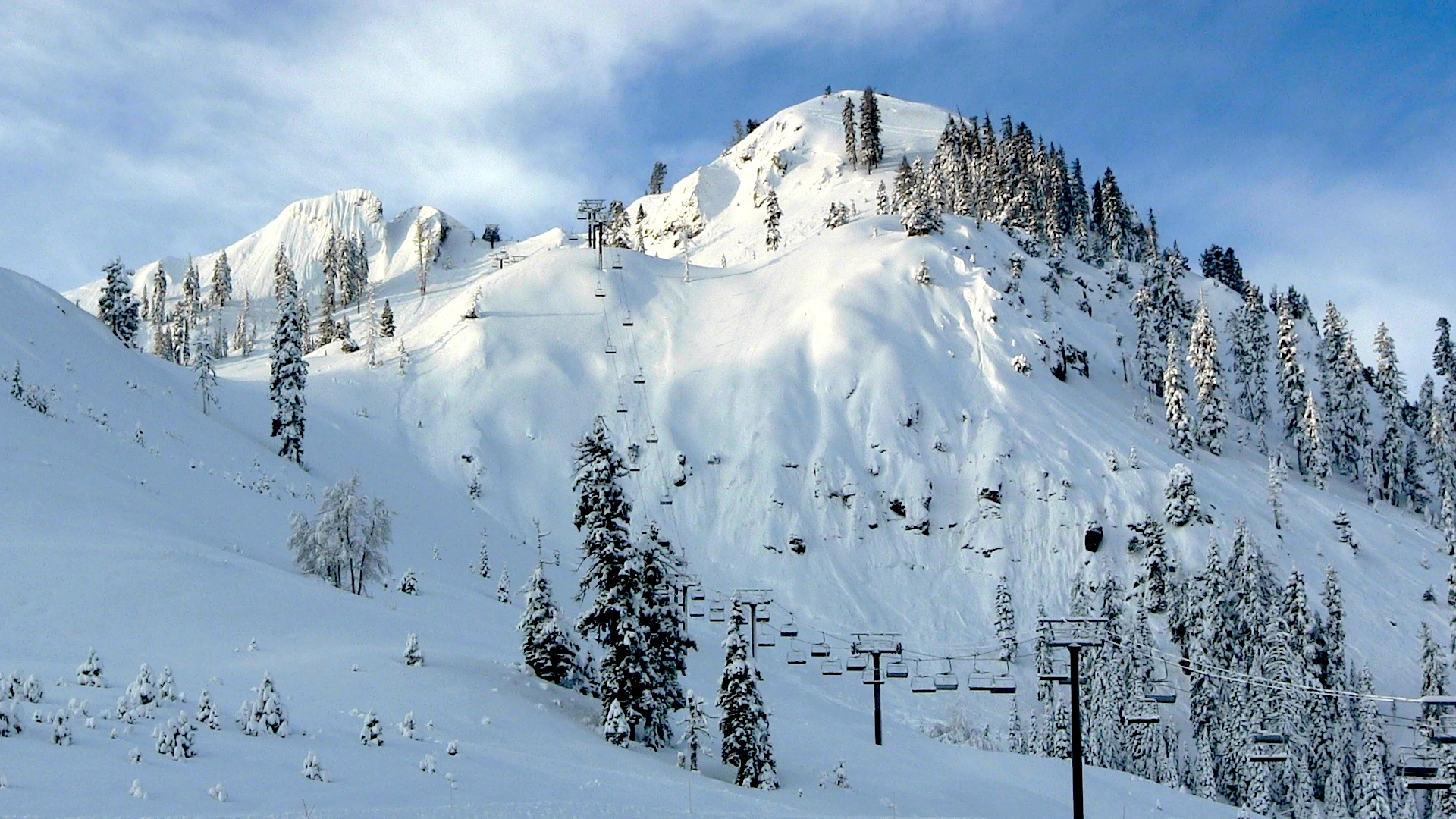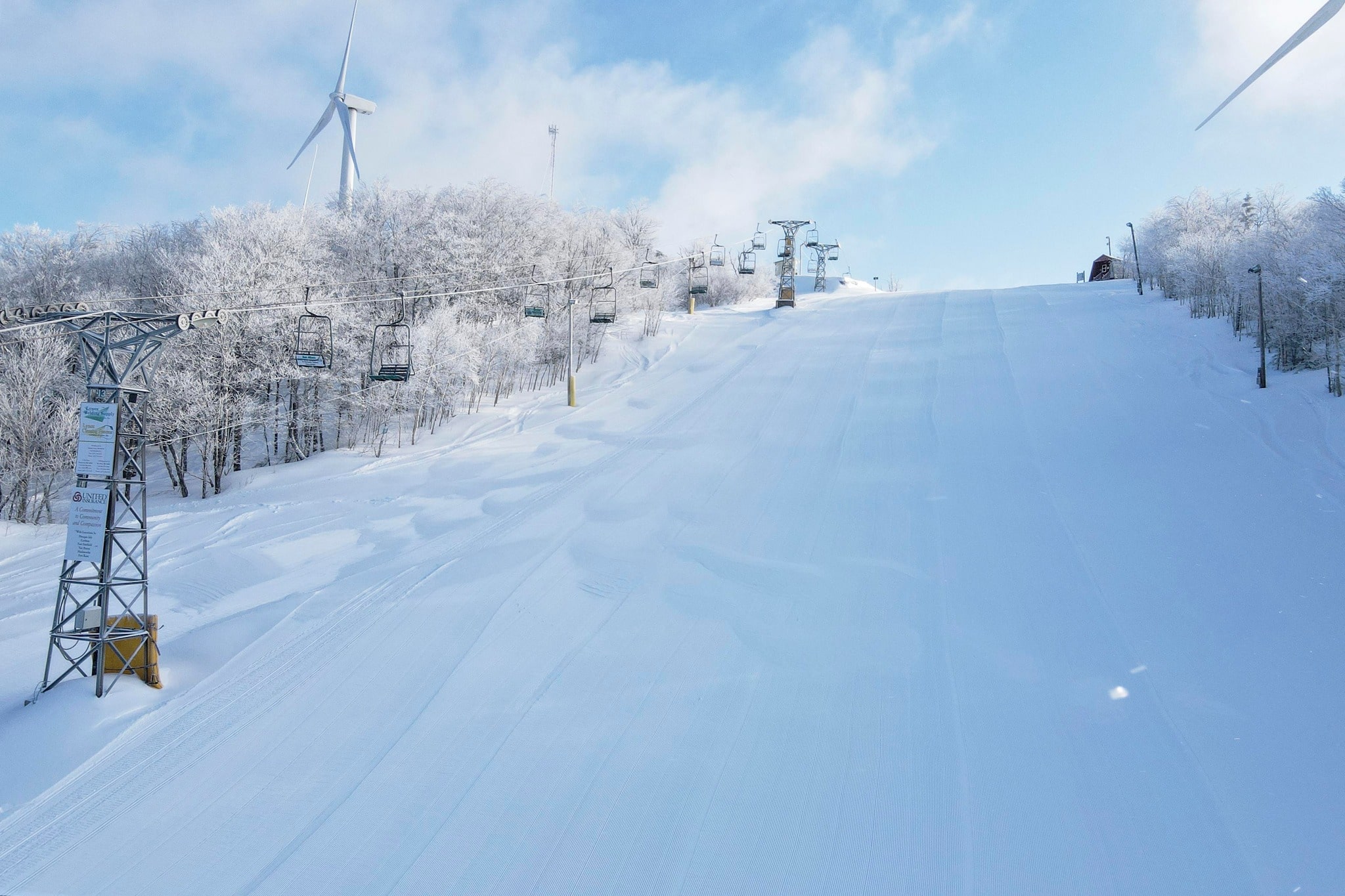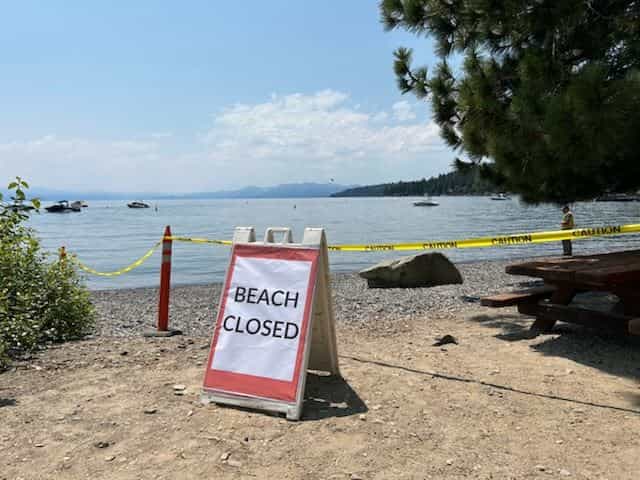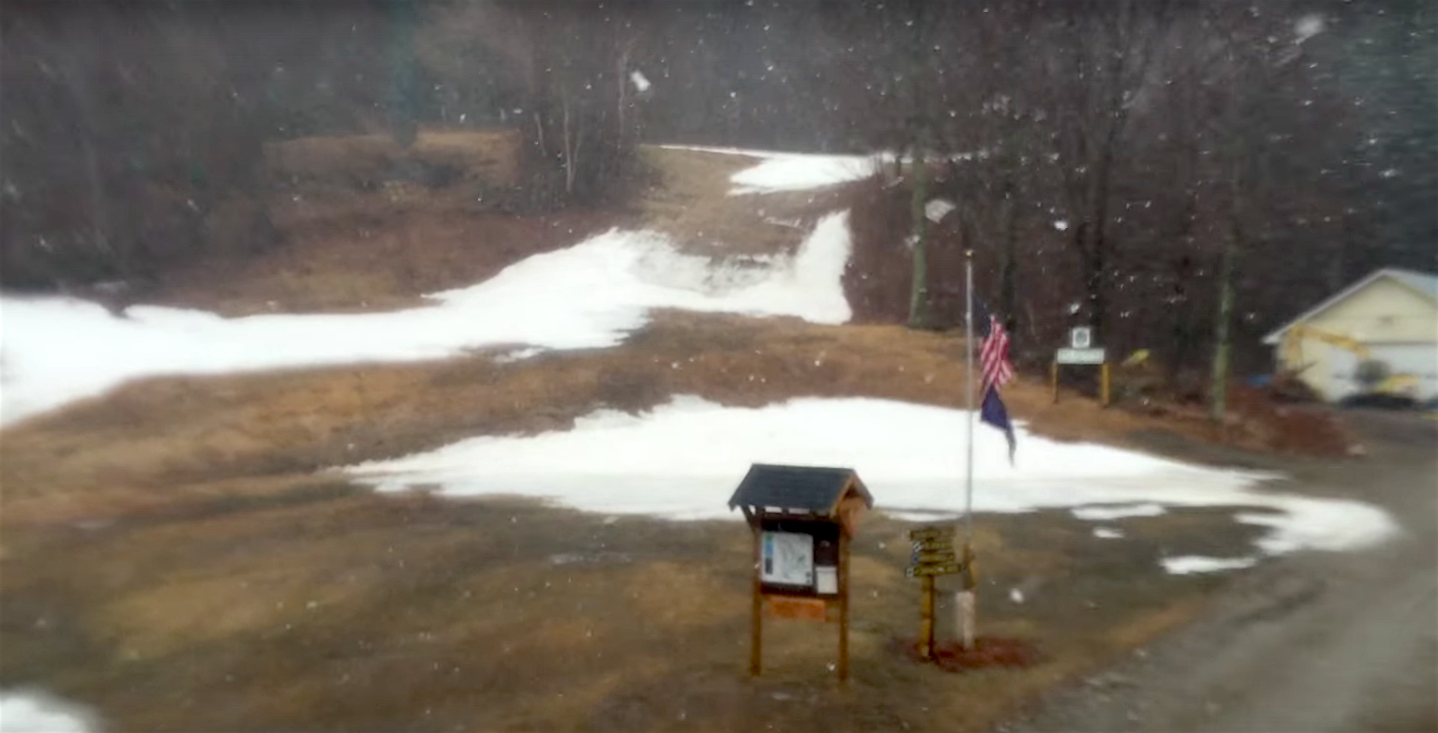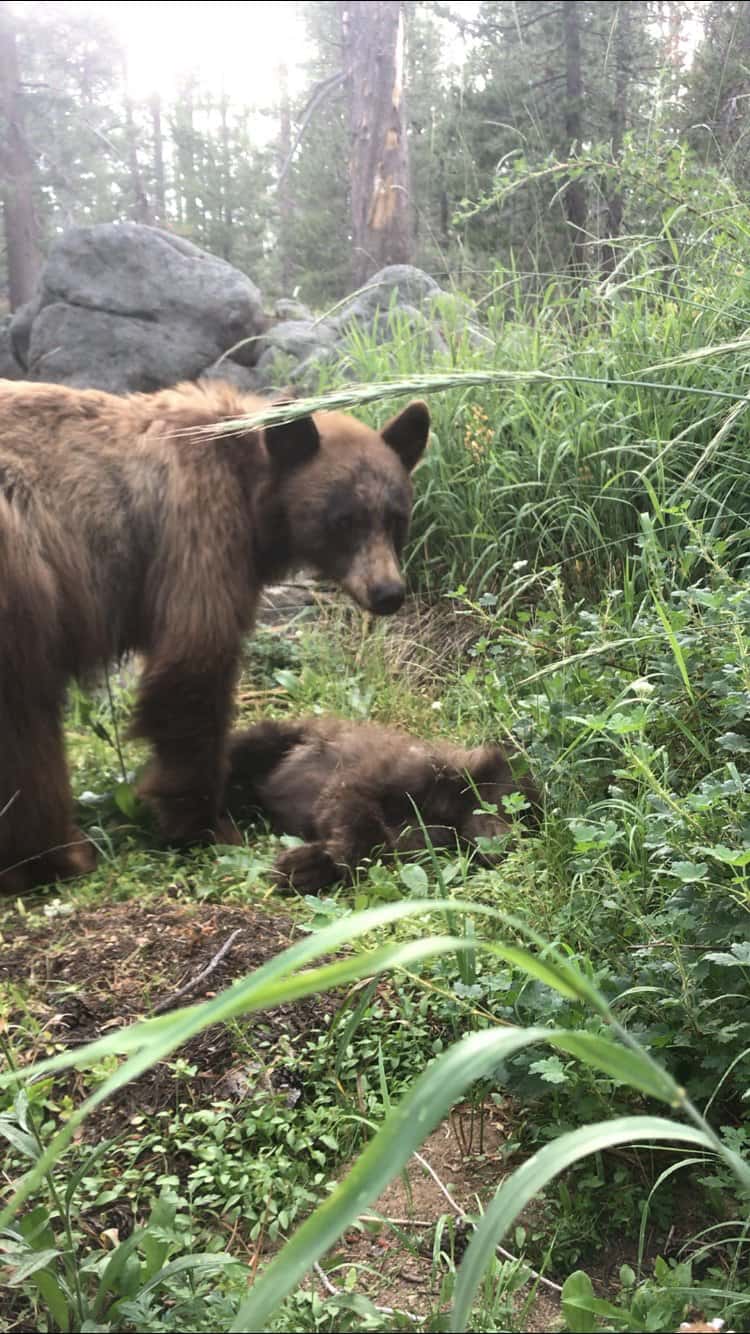
Have you ever noticed the signs by the side of the road in Yosemite that say “Speeding Kills Bears” with the image of a red bear on them? These signs mark the locations of bears where they have been hit by a vehicle this year, or where bears have been frequently hit in previous years. Another one of these signs has just been added to the roadside following the death of a cub struck by a speeding motorist.
The heartbreaking passage below is from a park ranger responding to the call of a bear-car collision:
We get this call a lot. Too much, to be honest. “Bear hit by vehicle, dead on the side of the road.” Sadly, it’s become routine. I log the coordinates into my phone, gather the equipment I may need, and head to the location. This call came in cold; it sounds like the collision happened sometime around noon and it’s 4 pm now. The location is an hour’s drive away, so by the time I get there it’s well after 5 pm. I pull off on the shoulder, lug a large backpack of equipment over my back, and head off down the road. My job here is easy, really: find the bear, move its body far away from the road to prevent any other animals from getting hit while scavenging on it, fill out a report, and collect samples and measurements for research. Then I’m off on my way again with another number to add to the total of bears hit by vehicles this year—data we hope will help prevent future collisions. Pretty callous. However, the reality behind each of these numbers is not.
Per the coordinates I was given, I’m still a few hundred yards off, so I continue down the road scanning it for blood as cars whiz by. I try to remember how many times I’ve done this now and, truthfully, I don’t know. This is not what any of us signs up for, but it’s a part of the job nonetheless. Then something catches my eye. It’s small and artificial, and laying in the middle of the road. As I walk closer, I see that it’s a broken shapeless car part, likely from an undercarriage. More cars whiz past. I turn my gaze from the car part down the embankment on the side of the road and there it is.
A cub. Its tiny light brown body laying just feet from me and the road, nearly invisible to every passerby. It’s a new cub—couldn’t be much more than six months old, now balled up and lifeless under a small pine tree. For a moment I lose track of time as I stand there staring at its tiny body, but then the sound of more cars whizzing by reminds me of my place and my role. I let out a deep sigh and continue on with my task.
I pick up the cub—it couldn’t be much more than 25 pounds—and begin carrying it off into the woods. I have no certain destination; I’m just walking until I can no longer hear the hiss of the road behind me. I see a grassy spot surrounded by a semi-ring of down logs and gravitate towards it. The least I can do is find it a nice place to be laid. I lay it down in the grass protected by one of the nearby logs and sit back on the log opposite of it, slightly relieved that it looks far more in place now than when I found it earlier. I take another moment and then continue with my work.
I slide off my backpack, remove a binder, and start the assessment. It’s a female. This immediately triggers thoughts of the life this bear may have lived—perhaps she would have had cubs of her own—but before I finish that thought I hear a stick break and look up. Just beyond the ring, there’s a familiar figure intently staring back at me. It’s another bear. Surprised, I stand up quickly and the bear runs off into the brush but stops not far off and looks back at me. Acting on instinct, I pick up a stick and smash it over a tree to scare the bear further away. I stand there quietly, listening as I hear the bear’s footsteps tapper away.
A few silent minutes pass, and I settle back into my task. Timely coincidence, I think at first. It could be a bear coming to scavenge or this could be a common crossing area for whatever reason—we did have another bear hit and killed not far from here last week. But then I hear it, and it changes my mind completely. From behind me there’s a deep toned but soft sounding grunt. I immediately know what it is. It’s a vocalization, the kind sows (female bears) make to call to their cubs. I turn and look in its direction and there she is, the same bear from before intently staring back at me. It’s no coincidence. I can feel the callousness drain from my body. This bear is the mom, and she never left her cub.
My heart sinks. It’s been nearly six hours and she still hasn’t given up on her cub. I can just imagine how many times she darted back and forth on that road in attempts to wake it. It’s extremely lucky that she wasn’t hit as well. The calls to the cub continue, sounding more pained each time. I glance back finding myself hoping it would respond to her call too, but of course, nothing. Now here I am, standing between a grieving mother and her child. I feel like a monster.
I get up, quickly pack my bag, and get out of there. It is time to go even though my task is not done. Quickly, I set up a remote camera. Why? Every year we report the number of bears that get hit by vehicles, but numbers don’t always paint a picture. I want people to see what I saw: the sad reality behind each of these numbers.
So please, remember this. Remember that when traveling through Yosemite, we are all just visitors in the home of countless animals and it is up to us to follow the rules that protect them. Go the speed limit, drive alertly, and look out for wildlife. Protecting Yosemite’s black bears is something we can all do.
It is important to remember that while traveling in the park, the posted speed limits are not only there to protect people, but to also protect wildlife in areas where animals cross roads. Following posted speed limits may save the life of a great gray owl as it flies across the road, or a Pacific fisher as it runs across the road, both of which are endangered species. This easy action—slowing down—may also prevent you from hitting a bear eating berries on the side of the road, or a deer crossing with its fawn. While traveling through Yosemite, try to remember that we are all visitors in the home of countless animals, and it is up to you to follow the rules that are put in place to protect them.
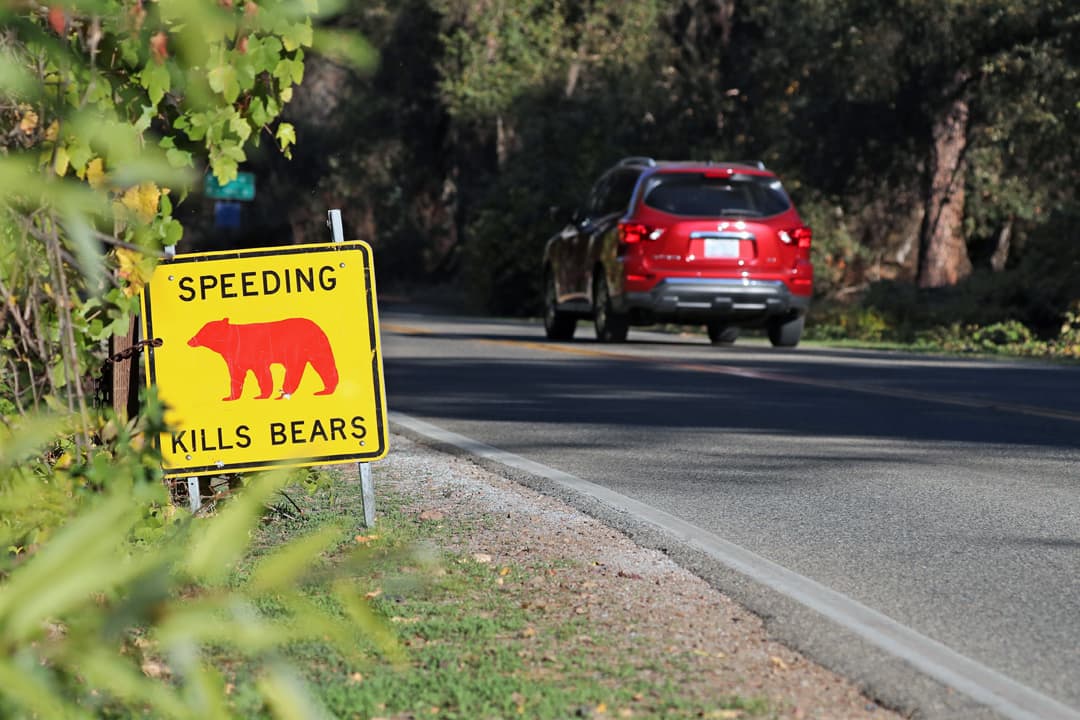
If you do hit an animal while in Yosemite and need immediate ranger response, you can report it to the park’s emergency communication center at 209/379-1992, or by leaving a message on the Save-A-Bear Hotline at 209/372-0322 if you believe that the animal is uninjured. You may also use the Save-A-Bear Hotline number to report non-urgent bear observations.
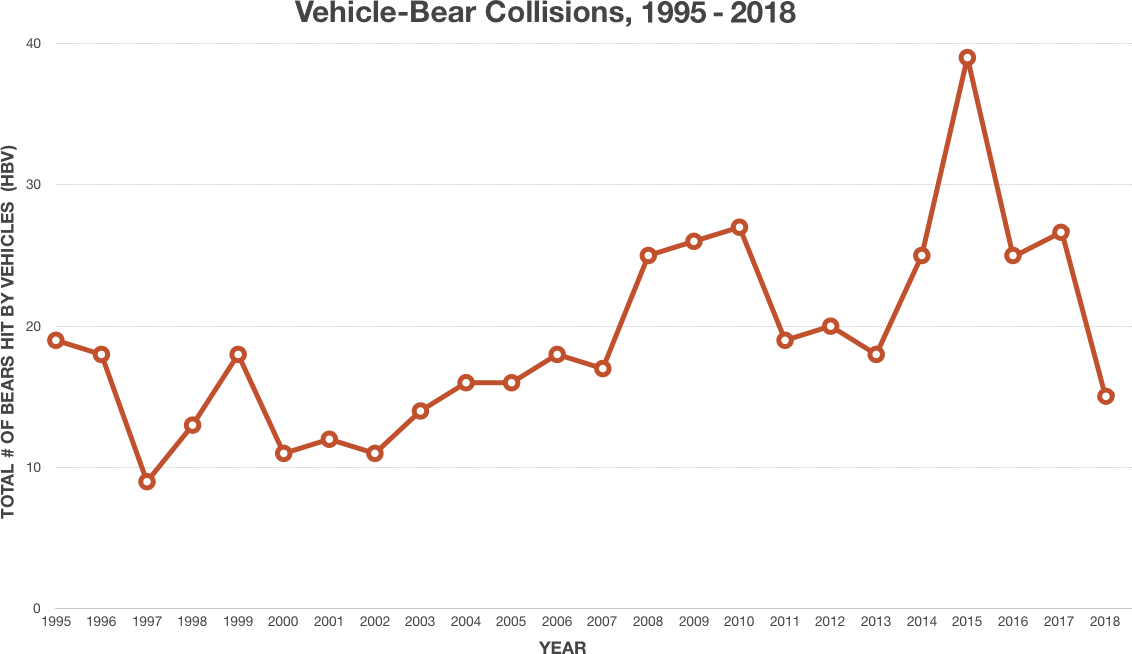
Over 400 vehicle-bear collisions have occurred along roadways in Yosemite National Park since 1995. The “Red Bear Dead Bear” initiative, which began in 2007, aims to raise visitor awareness of the high frequency of vehicle-bear collisions, to encourage visitors to be aware of bears and wildlife along roadsides, and to remind visitors to slow down and obey posted speed limits. The attention-grabbing signs are placed throughout the park where collisions have occurred. Sadly dozens of black bears are struck by vehicles each year. Vehicle-bear collisions are now one of the leading causes of black bear mortality in Yosemite.
